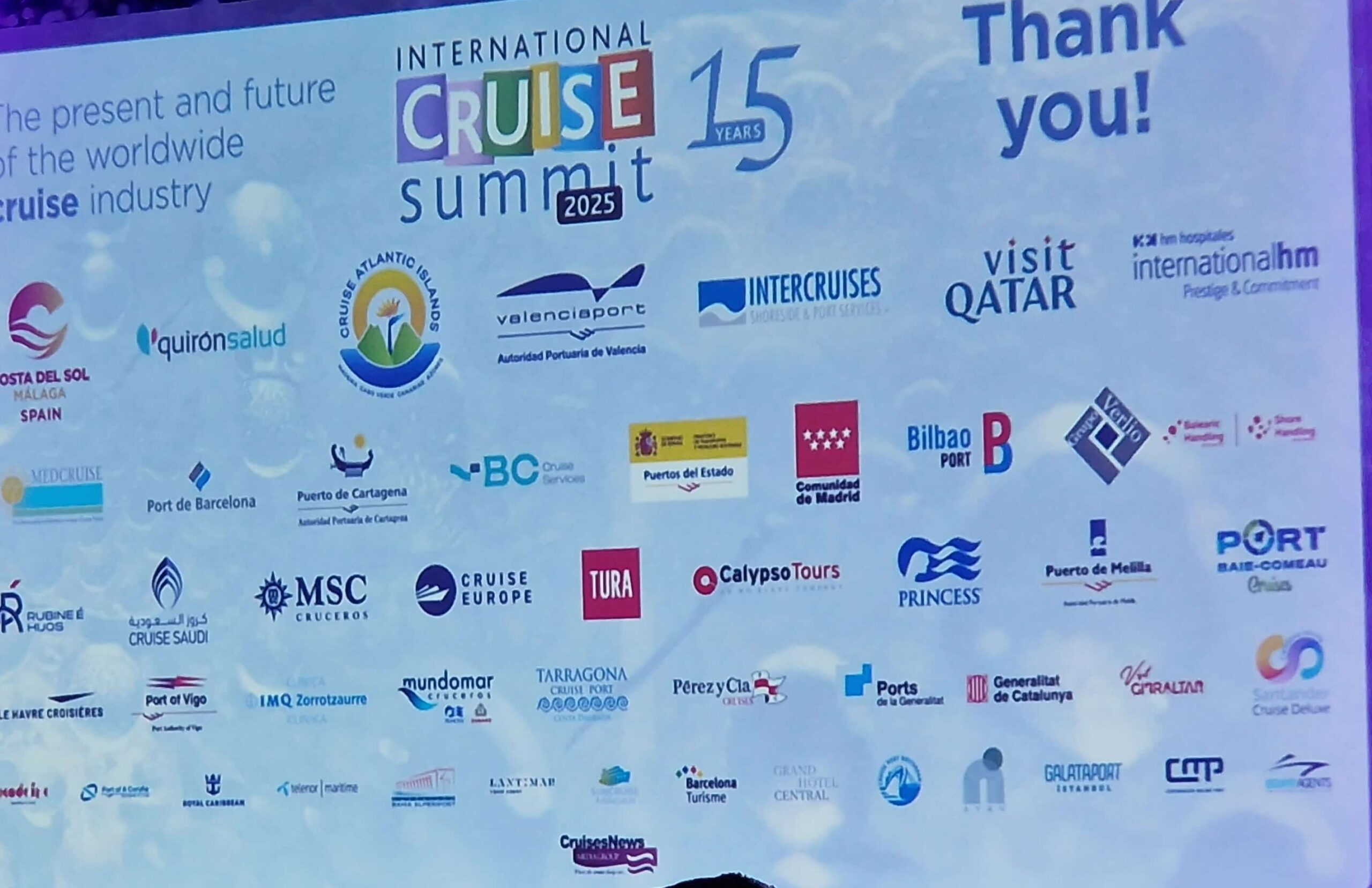
Miami – Cruise Capital of the World
Beautiful beaches, a fantastic food scene, top-notch entertainment, pleasant climate, movie-like scenes… all of this is Miami. This cosmopolitan city, which captivates visitors with its atmosphere, is located in the southeastern corner of the U.S. state of Florida and is home to one of the busiest passenger ports in the world. Just the sight of those “giant ships” docked at the terminals, along with all the hustle and bustle around them, raises many questions… How are these ships built? Who owns them? Who sails on them? Who works on them? How does the whole machinery work? What exactly is the cruising industry?

The true “A-ha!” moment came in the 1960s when the enormous motivation and desire of travelers for exotic destinations and new experiences were recognized. Shipping companies introduced seven-day Caribbean cruises and created “leisure cruising,” a concept strategically emphasizing the warm and pleasant climate, turquoise blue seas, beautiful sandy beaches, and the exceptional entertainment of exotic Caribbean ports. Miami’s proximity to the Caribbean islands, as well as Mexico and Panama, proved to be the cornerstone for establishing a strong base for the U.S. cruise industry. Two visionaries were Norwegian Knut Kloster, founder of Norwegian Cruise Lines, and American Jewish-Romanian Ted Arison, founder of Carnival Cruise Lines. Together, they founded the “Norwegian Caribbean Line,” and with the small 830-ton steamship “Sunward,” originally built as a ferry for European ports, they “sold” Caribbean cruises to the Miami market, hungry for excitement and new experiences. This marked the birth of not only the two largest cruise companies but also the entire industry.
Soon, disagreements arose between the owners, and Arison left his partner to establish a new competitive company, Carnival Cruise Lines, while Kloster stayed and changed the company’s name to Norwegian Cruise Lines. At this time, the third mega company, Royal Caribbean Cruise Line, was created in 1968 by three Norwegian shipping companies: Anders Wilhelmsen & Co., I. M. Skauge & Co., and Gotaas Larsen. Soon, companies oriented exclusively toward the European market, such as “Peninsular and Oriental” (now known as “Princess Cruises”), “Cunard,” and “Chandris” (today’s Celebrity Cruises), also opened their headquarters in Miami.
The industry was born, the market existed, and cruising tourism development began. One of the key parts of this development strategy was recognizing already established destinations such as family-friendly Orlando with Disneyland and extravagant Las Vegas as the main and only competition. Therefore, the marketing machine’s task was to position and present cruise ships as destinations in themselves.
Soon, Caribbean cruises became affordable, extremely attractive, and a “must-do” for the average American. The companies entered a race to build new, larger ships that would secure them a piece of the market share and make their fleets the largest and most modern in the industry. Since the 1980s, the industry has been developing continuously and has become an extremely important segment of tourism. As companies grew, so did their ships. By the late 1970s, the average ship size was around 20,000 tons with a capacity of 800 passengers. However, the race to be the largest, best, and most modern among companies led to the construction of even larger ships, and by the mid-1980s, ships with a capacity of 70,000 tons and 2,000 passengers emerged. Lower operating costs, increasing demand for cruises as an attractive tourist product, and generated revenue became the driving force for building even bigger, more spectacular, and more luxurious vessels.

The cruising industry has become the fastest-growing industry in the U.S., and Miami has been its capital for decades – “Cruise Capital of the World.” In 2018, over 5.5 million passengers passed through its port. Today, Miami is the home port for many cruise companies, including Carnival Cruise Lines, Celebrity Cruises, Costa Cruises, Crystal Cruises, Norwegian Cruise Line, Oceania Cruises, and Royal Caribbean International. Furthermore, there is no movie or TV series filmed in the city without at least one shot of the port or the mega-cruise ships docked at the terminal.
Cruising has become the Miami brand!






